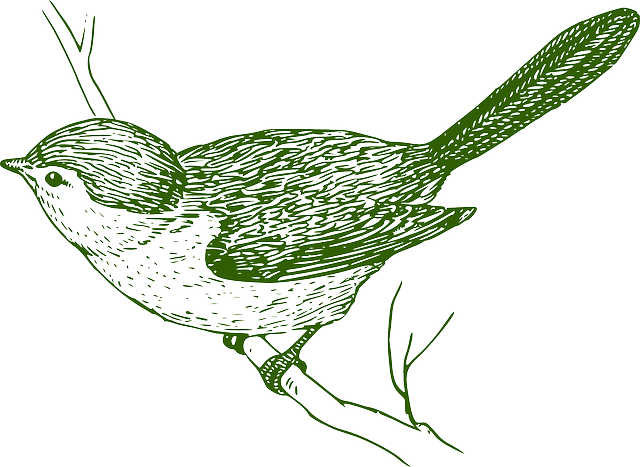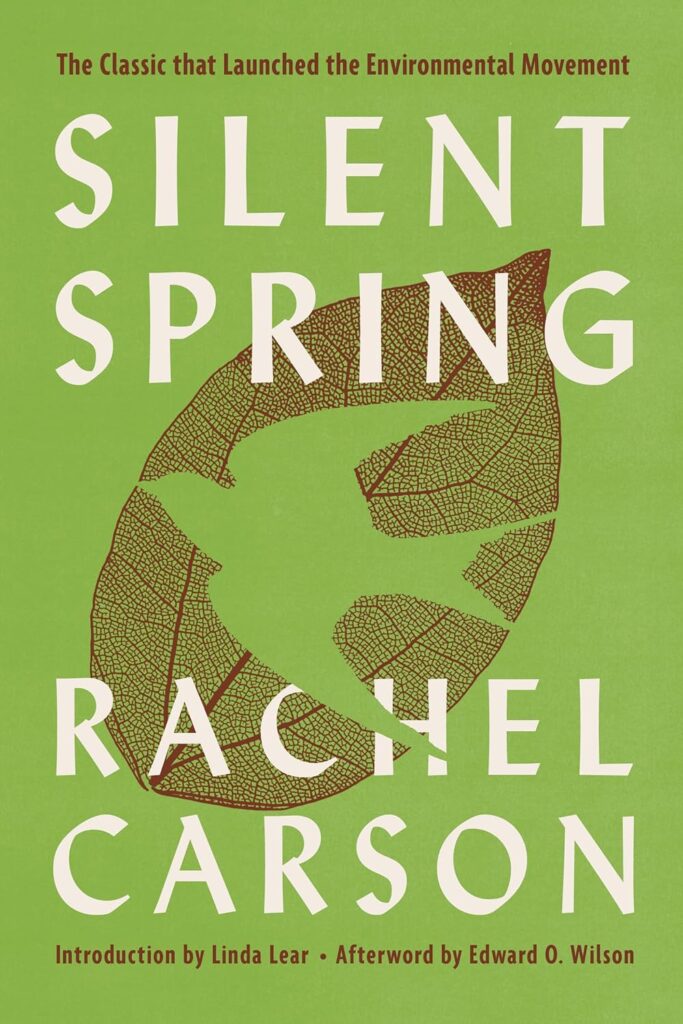“In nature nothing exists alone.”
There are moments when a single voice rises above the cacophony of complacency, weaving a narrative so compelling that it alters the very fabric of our collective consciousness. Such was the case in 1962 when marine biologist Rachel Carson published “Silent Spring,” a work that would not only redefine our relationship with the natural world but also birth the modern environmental movement.

Carson, with her lyrical prose and uncompromising scientific rigor, painted a vivid picture of a world teetering on the brink of ecological collapse. Her words, at once poetic and prophetic, cut through the smog of industrial hubris to reveal the intricate, delicate balance of nature—and how perilously close we had come to destroying it.
“The more clearly we can focus our attention on the wonders and realities of the universe about us, the less taste we shall have for destruction.”
This sentiment, nestled within the pages of “Silent Spring,” encapsulates Carson’s fundamental belief: that awareness and appreciation of nature’s marvels are the surest safeguards against its exploitation. It is a call not just for conservation, but for a radical shift in perspective—a reawakening to the wonders that surround us and a recognition of our place within the grand ecological dance.
Carson’s narrative unfolds like a detective story, each chapter revealing another piece of the puzzle that connects indiscriminate pesticide use to the silence descending upon once-vibrant ecosystems. She takes us on a journey through interconnected food chains, showing how toxins accumulate and amplify, moving from the tiniest insects to the mightiest predators—and ultimately, to us.
But “Silent Spring” is more than a catalogue of environmental woes. It is a testament to the resilience of nature and the power of human imagination to envision—and create—a better world. Carson writes:
“Those who contemplate the beauty of the earth find reserves of strength that will endure as long as life lasts.”
In these words, we find not just a celebration of nature’s beauty, but a rallying cry for its defenders. Carson understood that true change comes not from fear, but from love—a deep, abiding love for the world in all its intricate, interdependent glory.
As we grapple with the environmental challenges of our time—climate change, biodiversity loss, pollution—Carson’s words ring with renewed urgency. “Silent Spring” reminds us that we are not separate from nature, but an integral part of it. Our fates are intertwined with those of the birds whose songs Carson feared would be silenced, the fish whose rivers she fought to protect, and the countless other species with whom we share this precious planet.
In the end, “Silent Spring” is more than a book—it is a mirror held up to humanity, reflecting our power to destroy and our even greater power to preserve and nurture. It challenges us to listen closely to the world around us, to hear the songs of spring and ensure they never fall silent. For in that song, we might just find the key to our own survival and the blueprint for a more harmonious existence on this fragile, irreplaceable Earth.




